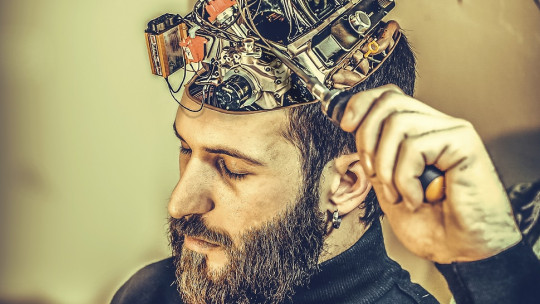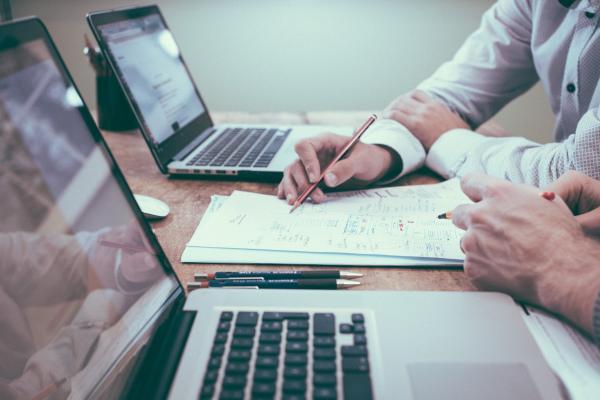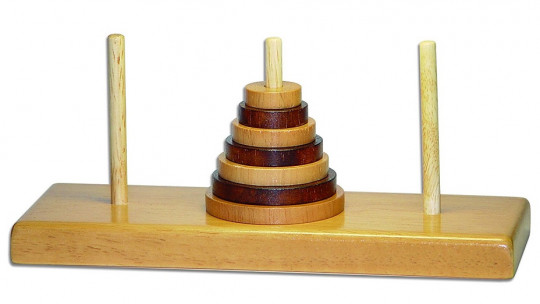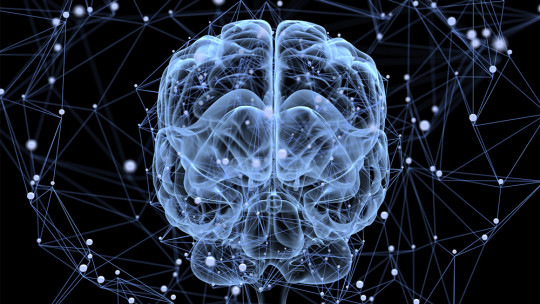
Executive functions with complex activities that allow us to achieve the different goals we set and adapt to the environment. They are essential skills in our daily lives.
Despite the complexity of these functions, they are used in many of the activities we carry out during the day, such as choosing the best route to reach our destination, remembering a number that we have just consulted, planning and organizing the order that we will follow. to do the different tasks that we have pending or assess the best solution to possible setbacks that may arise.
We see how, in the same task or activity, we can require more than one function. In this way, it will be essential to train them all to achieve greater ease in their use and to be more effective. There are different ways to train them: we can do them individually, together with other people, or carry out cognitive or motor tasks, and even exercise them while we play and have fun.
In this article we will talk about What strategies and techniques can we use to work on and improve executive functions? which can be used in the educational context, in therapy sessions, as parenting strategies, etc.
What are executive functions
Executive functions are complex psychological processes that we put into practice with the intention of reaching a goal. In this way, these functions They help us adapt to the environment and live functionally that is, being able to execute the different actions or tasks that allow us to achieve our objectives.
Given the complexity of these abilities, the period in which greatest development occurs is from 6 to 8 years, and the maturation of some of them can be extended up to 25 years.
There are different types of executive functions, with different purposes, to adapt to the requirements of each task: planning, which consists of setting objectives, the procedure to achieve them and anticipating consequences; decision making, selecting one action among several; organizing, gathering and structuring information; flexibility, ability to adapt to change; monitoring, which is full attention to a task; and anticipation, based on foreseeing results and consequences.
Other useful executive functions are: response inhibition, voluntarily stopping a behavior, self-control; verbal and non-verbal working memory, temporary storage to be able to work with data; change, which allows attention to be moved to different variables of a stimulus; updating, which consists of adding new content to memory; and fluency, which is based on producing new information from what we have.
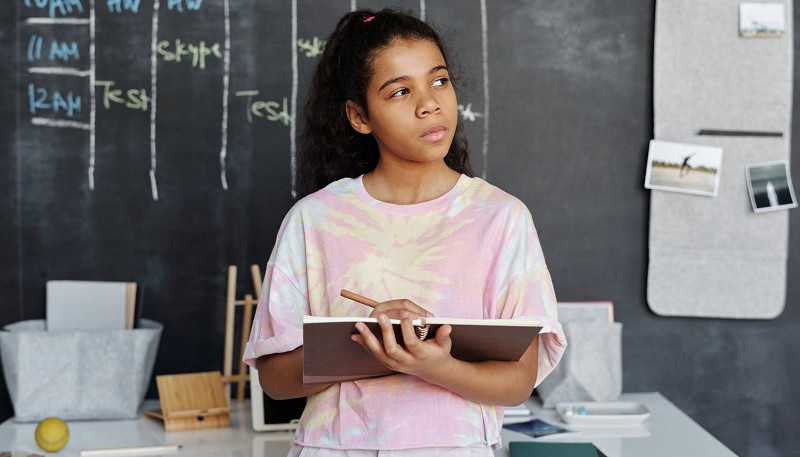
Thus, to achieve the same objective we can or will need to use different executive functions to correctly perform the task. We see how some of these functions are linked and relate to each other ; For example, the ability to monitor, which we have seen consists of focusing our attention on a task in order to modify our actions if necessary, is related to cognitive flexibility, which allows us to change our thoughts and adapt to changes.
All these functions are very useful and essential for our daily lives. They allow us to make plans, make decisions, solve problems, reduce impulsivity, increase cognitive flexibility, maintain our attention… In short, carry out different activities in an optimal way.
For better understanding, some more concrete examples would be: thinking about the best way to get to the place where you want to go, what transportation is the most appropriate to get there sooner or being able to modify our behavior if we see that there are no trains.
How to work and develop our executive functions?
Executive functions, as with many other abilities, depend in part on genetic factors of the subject, which means that each individual shows a predisposition to be more or less skilled in this sense, but we will always have the possibility of working on them.
Given the importance they have in our daily lives, in the possibility of allowing us to adapt to the different situations we find ourselves in, It will be essential that we train them to be as functional as we can
Below we will see some tasks that can be useful to train these skills. Some require material, others are done in groups and can be adapted to different ages.
1. Mazes
This task It consists of finding the path that allows you to get from the entrance to the exit, without encountering any obstacles In this activity, different functions will be worked on, such as planning the objective we want to achieve, making decisions to see which is the best path, anticipation to foresee possible obstacles or cognitive flexibility that will give us the possibility of changing our initial plan, the path initially chosen, in order to reach the exit.
2. Find the differences between drawings
Another activity that can help us exercise executive functions is look for the different differences between two drawings This task allows us to monitor attention by keeping it on a stimulus and fixing it on different parts of the drawings and from one drawing to another. It also gives us the possibility of practicing cognitive inhibition, linked to not focusing our attention again on details of the drawing that we have already verified and are not different, and organization, if we want to follow a pattern that guides us to look for differences more ordered.
3. Perform tasks that depend on a condition
In this case, the subject is presented with a task that must be solved given a premise or a restriction For example, you must find the answer to the problem using a specific procedure. In this way, planning is trained, to set the objective, working memory that allows us to manipulate the information we are using at that moment or fluency, which allows us to use the knowledge we already have together with the information they give us. in order to find the solution.
4. Repetition of letters and numbers
The task of repeating numbers and letters has no greater mystery than repeating a series of stimuli (letters or numbers) to mainly train working memory
We can make some modifications to the activity to make it a little more complex, such as asking the subject to repeat the sequence in reverse order, ordering it from highest to lowest or vice versa, to also exercise organization or requiring them to order letters and numbers in order. time. In this way, if we suggest you do the different alternatives, cognitive flexibility will also work, since you will have to adapt to the different changes to be able to do the task well.
5. Image memory
This is another useful technique to mainly train working memory, but in this case visual memory, since The test will consist of showing an image that must later be remembered and identified It is important that not too much time passes, it is believed that if we stop using the information, the working memory takes between 10 to 15 seconds to reduce its memory.
A way to make the activity more complex could be to increase the difficulty of the drawing or the stimuli to remember. For example, raise the need to remember both the color and the number shown in each of the circles contained in the drawing.
6. Gesture playback
Another way to train working memory, as well as other cognitive functions such as flexibility or inhibition, consists of asking people to reproduce gestures They must remember the gesture, have the ability to perform new ones and inhibit those they had already learned.
We can make the activity more complex if we require it to remember and reproduce a sequence of actions.
7. Alternate writing
The subject is asked to write a series of words but alternating lowercase and uppercase letters That is, the activity will consist of writing a word in capital letters and then another in lower case. In this way, we are working on cognitive flexibility, since it allows you to vary the writing condition and cognitive inhibition, since it stops and controls the most spontaneous action that would consist of continuing with the same type of letter.
- You may be interested: “Literacy levels: what they are, stages, and characteristics”
8. Board games
Using board games such as dominoes, chess, Parcheesi, even playing cards, we are also exercising executive functions For example, we train planning to establish the objective and see what actions are most appropriate to achieve it; We exercise decision making to choose the best play or organization to decide how we will carry it out and what sequence we will do.
In the same way, we work on cognitive flexibility that allows us to change our play according to the movements made by the opponent or working memory that gives us the possibility of preserving and using, for a few moments, the play that our opponent made.
9. Sports or motor games
Playing sports or even doing some motor games can also be useful to improve our executive functions For example, when we play team sports such as football or basketball, each player must plan the play he wants to make, take into account the position of the members of his team to help him and the position of the opponents.
It will also be useful to consider different options and choose which one you think is the best alternative, anticipating the possible consequences that it may generate and being flexible to the different setbacks that may arise.


